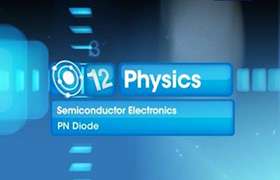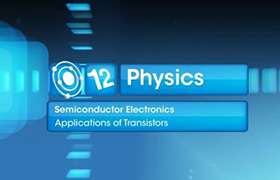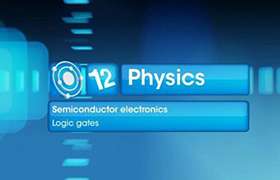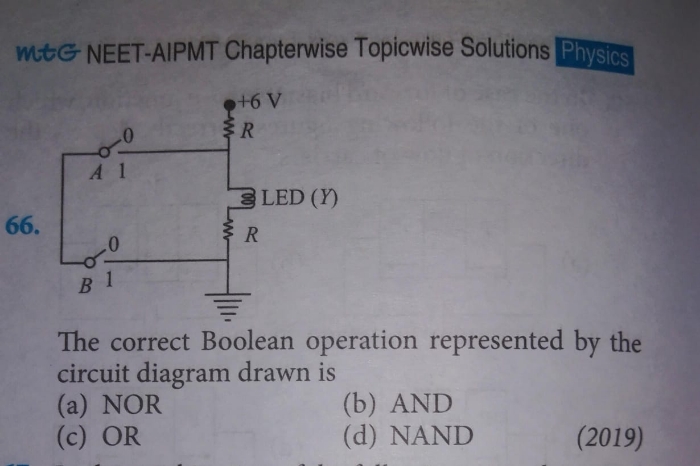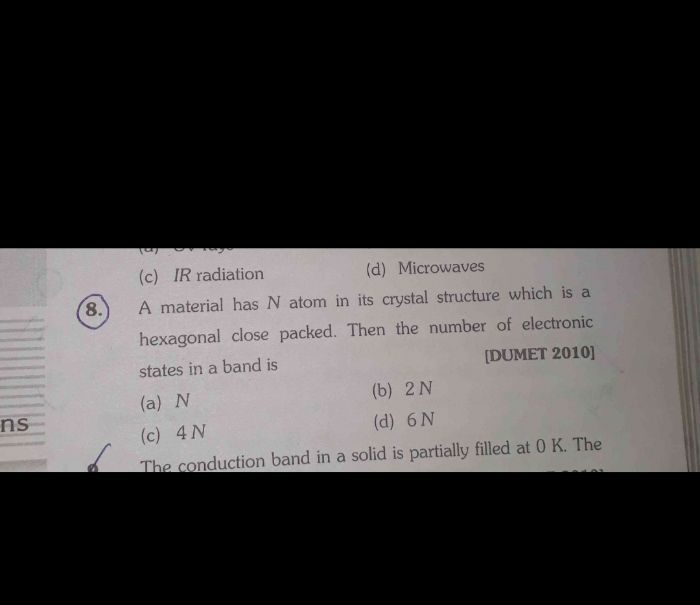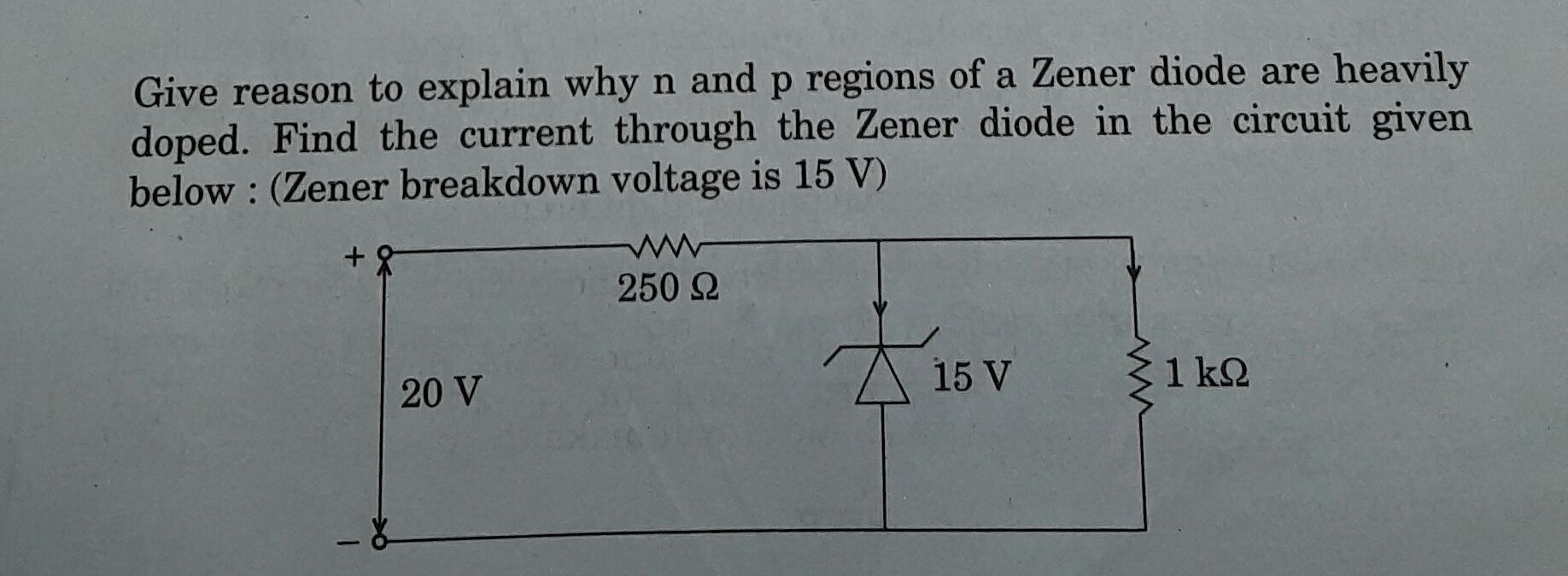CBSE Class 12-science Answered

A quick look at the history of the electronic valve is of great interest. The simplest valve, now called the diode or two electrode valve, was first made, in England, by Fleming. He had read a paper about darkening of electric lamp glass envelopes, written by the American inventor Edison. Edison reported that, whatever was coming off the glowing carbon filament and darkening the envelope could be stopped by sealing into the bulb a small plate, and connecting this to the positive side of the filament. Fleming developed his valve using this idea.
The important action upon which valves are based is called the thermionic effect. This is the fact that electrons can be boiled off the surface of a heated substance and the electrons then form a cloud in the space adjacent to the surface.
Now, electrons is the name we give to tiny particles of negative electricity, and they are attracted to a positive charge (and if you remember, repelled by other negative charges). The cloud of electrons will not move very far unless as much air as possible is removed. This means a vacuum must be produced, and under these conditions you probably agree that it will be easy to attract the electrons across the vacuum to a positive plate nearby. This plate is called the anode. If the plate is charged negatively, no electrons stream across. This is because none is being emitted by the cold plate, and those at the hot filament are repelled by its negative charge.
You have just covered all the important ideas concerning the diode valve. It is quite easy to see now - why the valve allows current through in one direction only. (Hence the name valve.) The electron emitter is called the cathode, and it is either a filament heated directly by an electric current, or more commonly now, an indirectly heated surface. In the later case the heater is separate from the cathode itself, acting rather like a small electric fire.
Moving on to a remarkable development of the diode, we will see how much of electronics was made possible by the addition of a third electrode. The idea of having free charges of electricity moving through a vacuum from one electrode to another begs the question: what would happen if other electrodes are placed in the electron stream? The more complicated valves which make use of these extra electrodes give rise to the types known as triodes, tetrodes, pentodes - and so on, together with the rather specialised variety known as cathode ray tubes.

